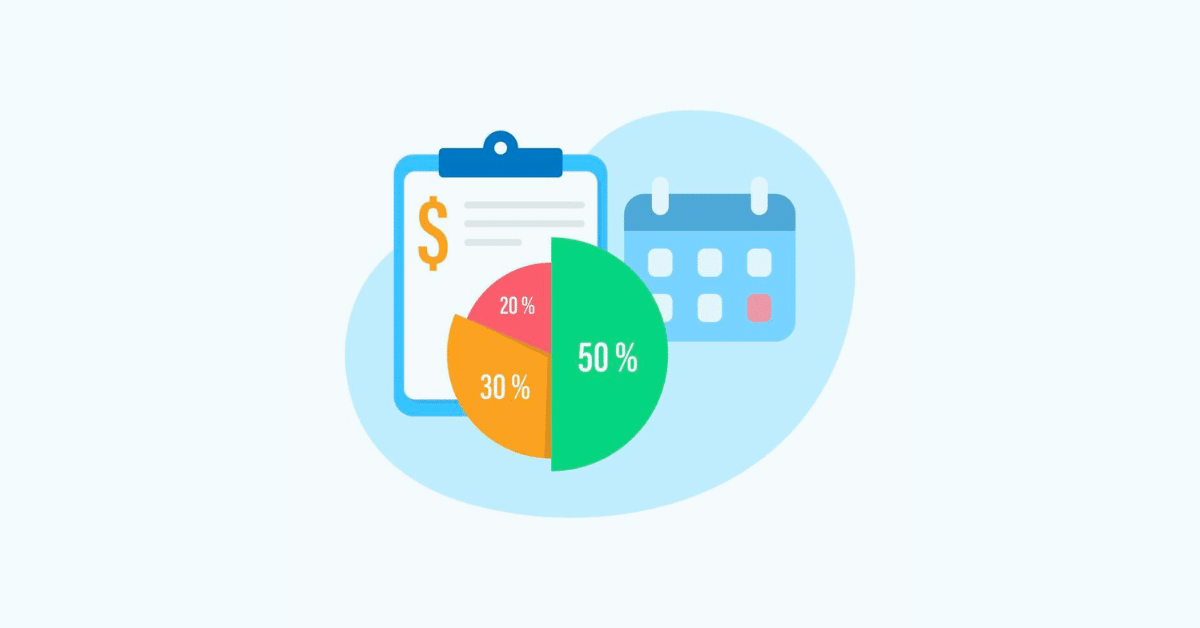Dollar-cost averaging (DCA) is an investment strategy that involves investing a fixed amount of money at regular intervals, regardless of the asset’s price. This approach is commonly used in stock investing but can be applied to other types of investments as well, such as mutual funds or exchange-traded funds (ETFs).
The main principle behind dollar-cost averaging is to reduce the impact of market volatility on the overall cost of acquiring the investment. By investing a fixed amount at regular intervals, investors buy more shares when prices are low and fewer shares when prices are high. This averaging effect helps smooth out the cost basis of the investment over time.
Here’s how dollar-cost averaging works with stocks:
- Consistent Investments: The investor commits to investing a fixed amount of money (for example, $500) at regular intervals, such as monthly or quarterly.
- Market Timing Neutral: With dollar-cost averaging, investors do not try to time the market by predicting when stock prices will be high or low. Instead, they stick to their predetermined schedule of investing.
- Buy More Shares When Prices Are Low: When the stock price is low, the fixed investment amount can buy more shares, potentially taking advantage of lower prices.
- Buy Fewer Shares When Prices Are High: When the stock price is high, the fixed investment amount buys fewer shares, which helps mitigate the impact of overpaying for the investment.
- Long-Term Perspective: Dollar-cost averaging is most effective when used as a long-term investment strategy. It allows investors to benefit from the power of compounding and reduce the impact of short-term market fluctuations on their overall returns.
- Emotionally Disciplined: DCA encourages investors to remain disciplined and avoid making impulsive decisions based on market fluctuations.
One of the key advantages of dollar-cost averaging is that it can help investors avoid the risk of making a lump-sum investment at the peak of the market, only to experience a significant decline in the value of their investment shortly afterward. By spreading out investments over time, the impact of market volatility is lessened, and investors can participate in the market’s long-term upward trends.
However, it’s essential to understand that dollar-cost averaging does not guarantee profits or completely eliminate risk. Like any investment strategy, it has its pros and cons. The effectiveness of dollar-cost averaging depends on factors such as the investment time horizon, market conditions, and the overall performance of the chosen investment.
Investors should carefully consider their own financial goals and risk tolerance before deciding whether dollar-cost averaging is a suitable strategy for their investment needs.
How much should I allocate to stocks every month?
The amount you allocate to stocks monthly depends on your individual financial situation, investment goals, and budget. There is no fixed or universal percentage that works for everyone, as each person’s circumstances and risk tolerance vary.
Here are some steps to determine how much to allocate to stocks monthly:
- Establish a Budget: Review your monthly income and expenses to understand how much money you have available for investing. Ensure that you have sufficient funds for your essential living expenses, emergency savings, and other financial obligations before allocating money to investments.
- Set Financial Goals: Identify your short-term and long-term financial goals. Determine how much you need to save or invest to achieve those goals within your desired timeframe.
- Risk Tolerance: Assess your risk tolerance to understand how comfortable you are with potential fluctuations in the value of your investments. Your risk tolerance will influence the proportion of your investments allocated to stocks versus other asset classes.
- Diversification: Consider the overall diversification of your investment portfolio. Diversifying across different asset classes, such as stocks, bonds, and cash, can help manage risk. Decide on an appropriate allocation to each asset class based on your risk profile and financial objectives.
- Regular Contribution: Decide on a fixed amount you can comfortably contribute to your investment portfolio on a monthly basis. Consistent monthly contributions help build wealth over time through the power of compounding.
- Automate Investments: Consider setting up automatic transfers from your bank account to your investment account on a monthly basis. Automating your investments ensures consistency and helps you avoid timing the market.
- Review and Adjust: Periodically review your financial goals, investment performance, and life circumstances. Adjust your monthly allocation if needed to stay on track with your objectives.
As a general guideline, financial experts often recommend investing a portion of your monthly savings or disposable income. The specific percentage allocated to stocks will depend on factors mentioned earlier, including your risk tolerance and investment goals.
Remember that investing in the stock market carries inherent risks, and there are no guarantees of returns. It’s crucial to invest within your means and avoid taking on excessive risk. Additionally, seeking the advice of a financial advisor can be beneficial, as they can help tailor an investment plan that aligns with your specific needs and objectives.





